Your cart is currently empty!
Sir Nigel Gresley
Sustaining the legacy

Class EM1
The prototype LNER class EM1, No. 6701 was a mixed-traffic 1500 volts DC, Bo+Bo electric locomotive designed by Sir Nigel Gresley for use on the now-closed Woodhead Line.
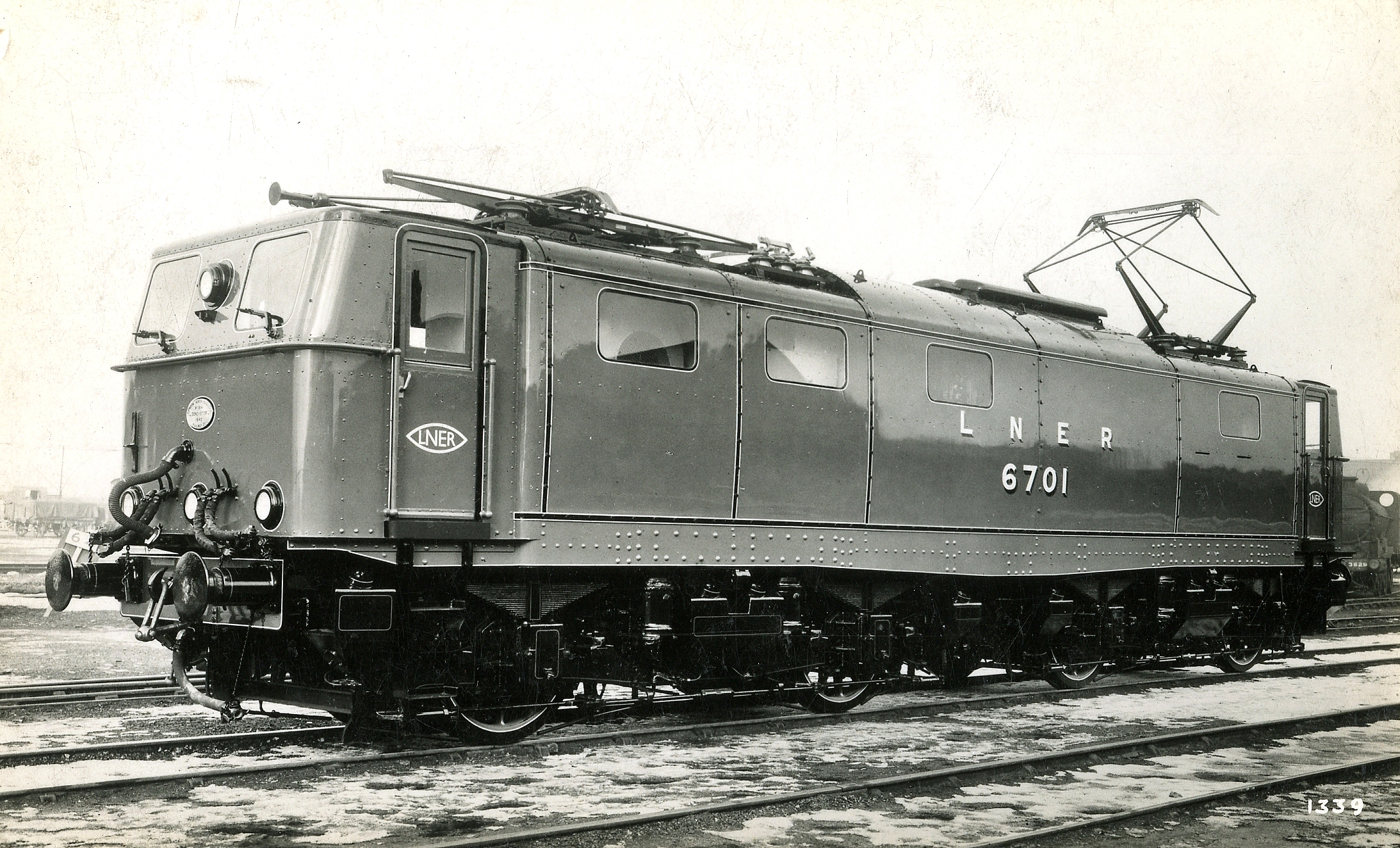
The scheme to electrify the Manchester Sheffield and Wath line using overhead 1500V DC was announced in November 1936. The initial proposal included 69 mixed traffic (class EM1), nine express passenger (class EM2), and ten banking (class EB1) locomotives. The mixed traffic EM1 design was started first, and in January 1939, electrical equipment for 70 locomotives was ordered from Metropolitan Vickers Electrical Co. with final assembly to take place at Doncaster Works. The electrification scheme was halted due to World War 2, and the initial order was reduced to one prototype in November 1939.
The prototype, LNER No. 6701, was completed at Doncaster Works in 1941 to a design by Sir Nigel Gresley, but electrification of the Woodhead Route, together with construction of 69 similar units, was delayed by the Second World War. It was tested on the few sections of 1500 volts DC lines owned by the LNER, but had not worked any great distance by 1947 when it was loaned to Dutch Railways to help with their post-war shortage of locomotives. In September 1945, the LNER assigned it the classification EM1.


The prototype locomotive, renumbered No. 6000 in June 1946, remained on Dutch Railways until 1952 when the Woodhead electrification was complete. While in the Netherlands, it gained the name Tommy after the nickname given to British soldiers and ran for the rest of its working life with a nameplate, which included an explanation of the origin: “So named by drivers of the Netherlands State Railway to whom this locomotive was loaned 1947-1952”. It was renumbered to No. 26000 following the formation of British Railways.
Between 1950 and 1953, a further 57 locomotives were built at Gorton locomotive works, Manchester, to a modified design; these were also classified EM1. There were also to have been 24 built at Darlington Works, but these were cancelled. Electrical equipment was supplied by Metropolitan-Vickers, who completed the final assembly of the locomotives at Dukinfield Works. They were later reclassified as Class 76, under the TOPS classification scheme introduced on 28 March 1968.
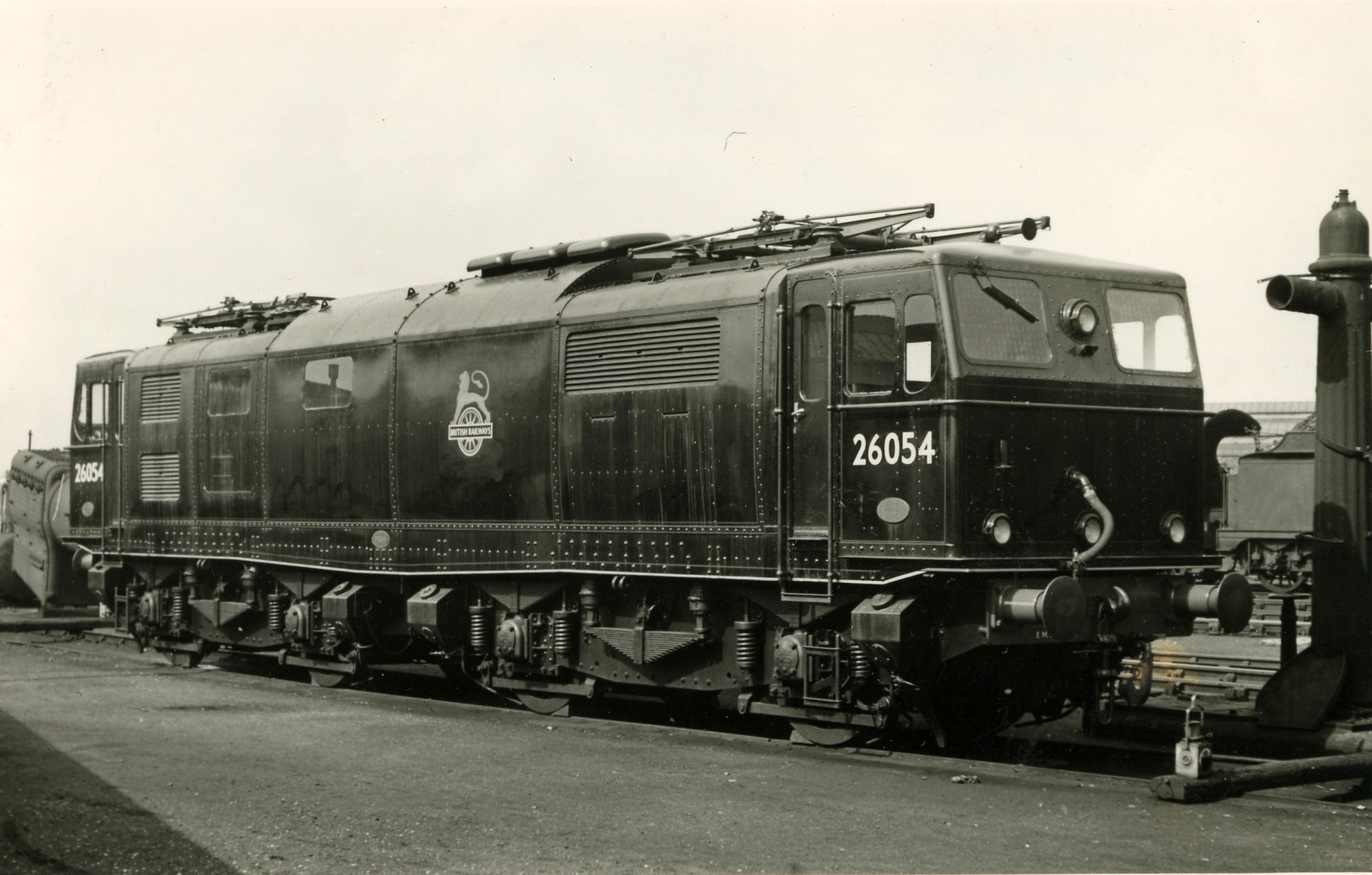
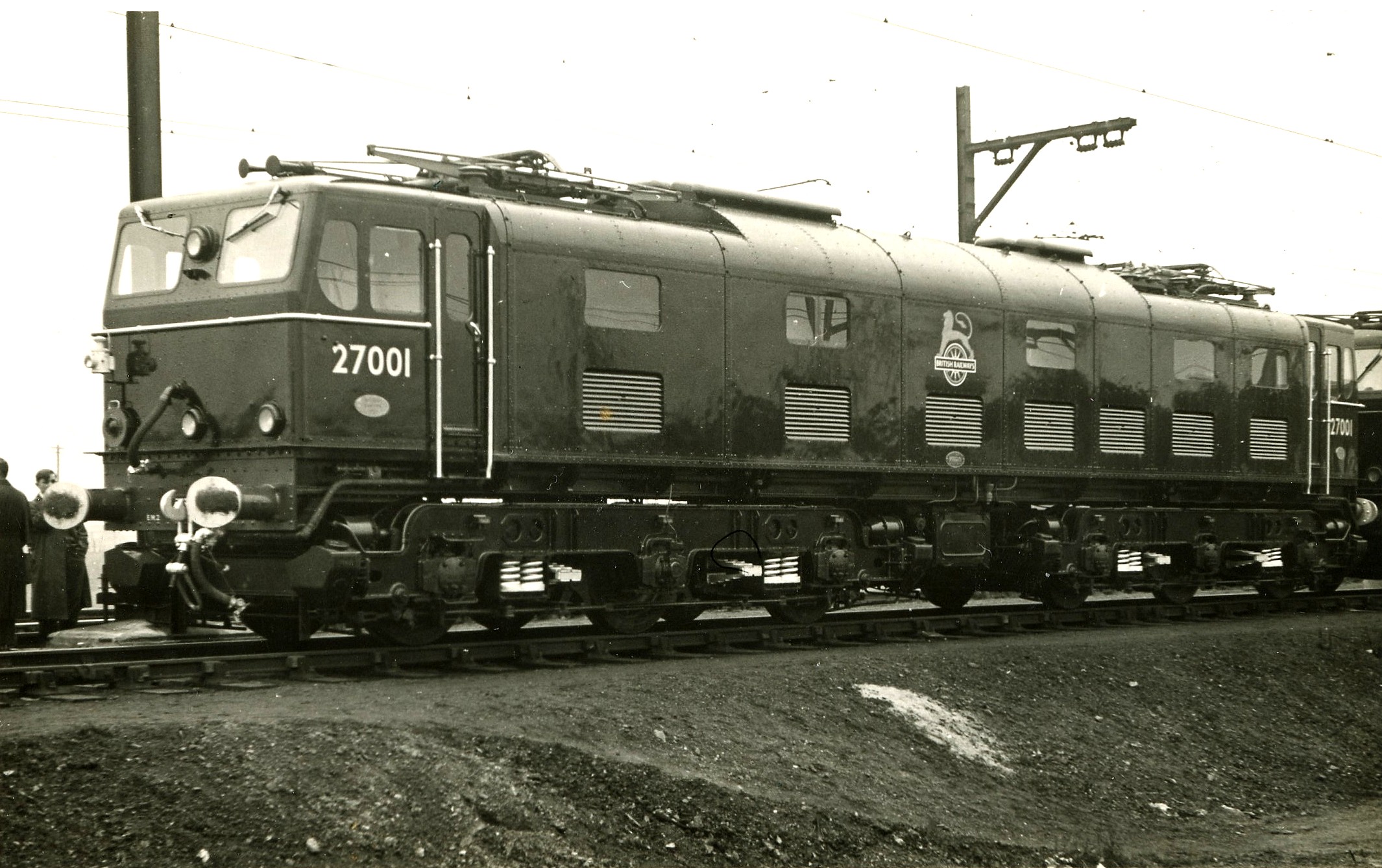
In addition to the class EM1, seven class EM2 (later BR class 77) locomotives were constructed. They were the first Co-Co type of overhead electric locomotive built for use in the United Kingdom and the design was based on that of the smaller class EM1. Initially, 27 locomotives of this type had been planned, but by the early 1950s, the benefits of using the 25 kV AC system had been demonstrated, which meant that the Woodhead Line would be an isolated electric system. Consequently, the order was cut to just seven locomotives.
In September 1969 the entire class was sold to the Dutch national railway operator Nederlandse Spoorwegen, where they became NS 1500 class. One locomotive was broken up and used for spares but the remaining six locomotives were employed until final withdrawal in 1985. Three class 77s survive in preservation: No. 27000 Electra (at the Midland Railway, Butterley), No. 27001 Ariadne (at the Science and Industry Museum in Manchester) and No. 27003 Diana (reserved in the Utrecht Railway Museum by Werkgroep as No.1501).
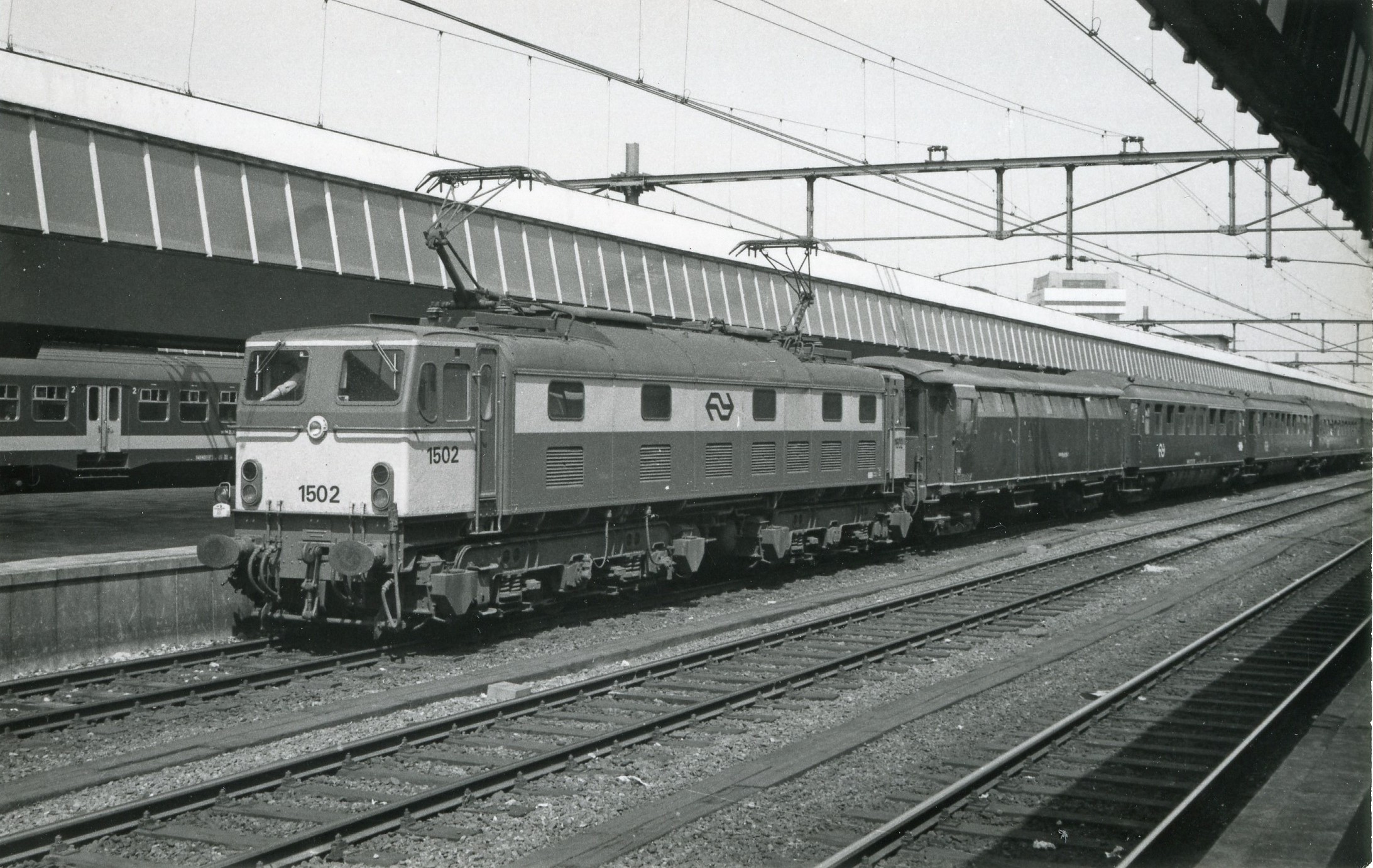
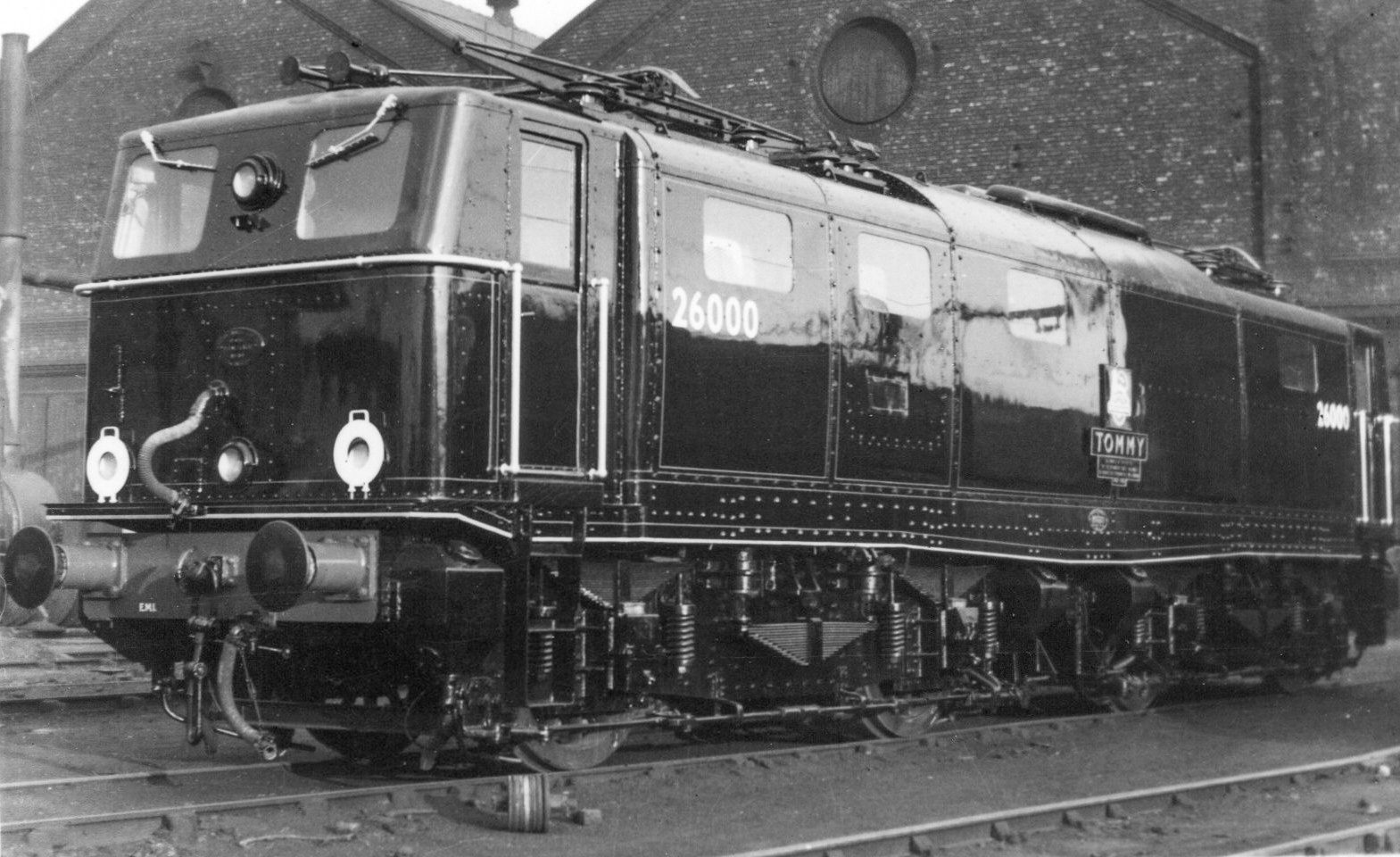
No. 26000 Tommy was used in everyday service, alongside the other EM1 locomotives equipped with train heating boilers. It was withdrawn in March 1970 and scrapped at Crewe two years later, when passenger services were withdrawn over the Woodhead route and several locomotives became surplus to requirements.
The remaining class 76 locomotives were scrapped following the controversial closure of the Woodhead Line in 1981, apart from a single preserved example No. 26020 which is part of the National Collection.

